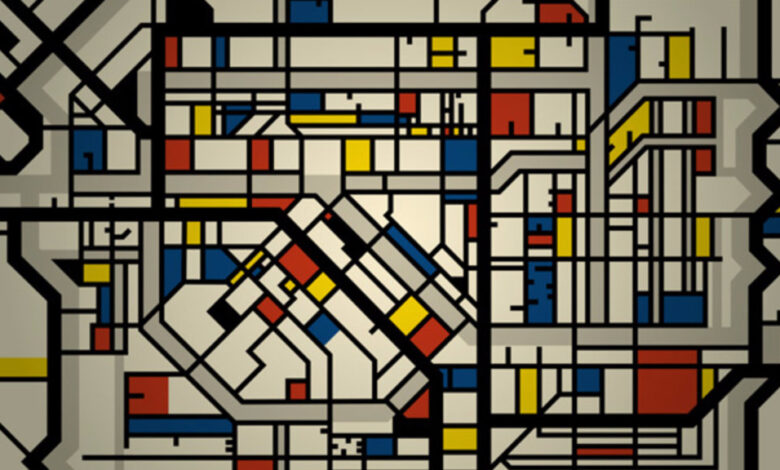Art:5ds_6b9gfqq= De Stijl

Art:5ds_6b9gfqq= De Stijl, a significant art movement that emerged in the early 20th century Netherlands, represents a radical departure from traditional forms of artistic expression. Characterized by its geometric abstraction and a limited color palette, the movement aimed for a universal aesthetic that transcended individual expression. Notable figures such as Piet Mondrian and Theo van Doesburg were instrumental in shaping its principles, which not only challenged the conventions of their time but also laid the groundwork for modern design. The implications of De Stijl extend far beyond its initial context, prompting a reconsideration of how art interacts with architecture and everyday life.
Origins of De Stijl
The origins of Art:5ds_6b9gfqq= De Stijl, a pivotal movement in modern art and design, emerged in the Netherlands in the early 20th century, primarily influenced by the socio-political climate following World War I.
This Dutch movement championed geometric abstraction and a rigorous artistic philosophy, emphasizing harmony through simplified forms and a restricted color palette, fundamentally rooted in color theory, which sought universal aesthetic principles.
Read more: Art:5dor0qguztg= Eyes Drawing
Key Artists and Contributions
Influenced by the foundational principles of geometric abstraction, a select group of artists emerged as key figures within the De Stijl movement, each contributing unique perspectives and innovations.
Piet Mondrian’s exploration of color theory and spatial composition established visual harmony, while Theo van Doesburg expanded these ideas into dynamic forms.
Gerrit Rietveld’s designs further exemplified the movement’s impact on architecture and functional art, reinforcing De Stijl’s legacy.
Principles of De Stijl
Numerous principles define the De Stijl movement, shaping its visual language and philosophical underpinnings.
Central to this ideology are color balance and geometric harmony, which foster minimalist aesthetics.
Artists employed visual rhythm to create compelling abstract representations, emphasizing spatial dynamics.
This approach not only liberated form but also encouraged a profound connection between the viewer and the artwork, inviting freedom of interpretation and engagement.

Influence on Modern Design
As the Art:5ds_6b9gfqq= De Stijl movement emerged in the early 20th century, its principles profoundly reshaped the landscape of modern design, establishing a foundation for subsequent artistic and architectural innovations.
The emphasis on minimalist aesthetics, geometric patterns, and color theory influenced spatial relationships and functional design in modern architecture.
This legacy continues to inspire contemporary designers who seek clarity and harmony through simplicity.
Read more: Art:5dor0qguztg= Eys
Conclusion
In summary, Art:5ds_6b9gfqq= De Stijl stands as a beacon of modernist innovation, illuminating the path toward abstraction and minimalist aesthetics. Its fundamental principles of geometric harmony and a limited color palette not only transformed the visual arts but also resonated deeply within the realms of architecture and design. Like a carefully constructed symphony, each element within De Stijl contributes to an overarching sense of balance and clarity, leaving an indelible mark on contemporary artistic expressions and design philosophies.





